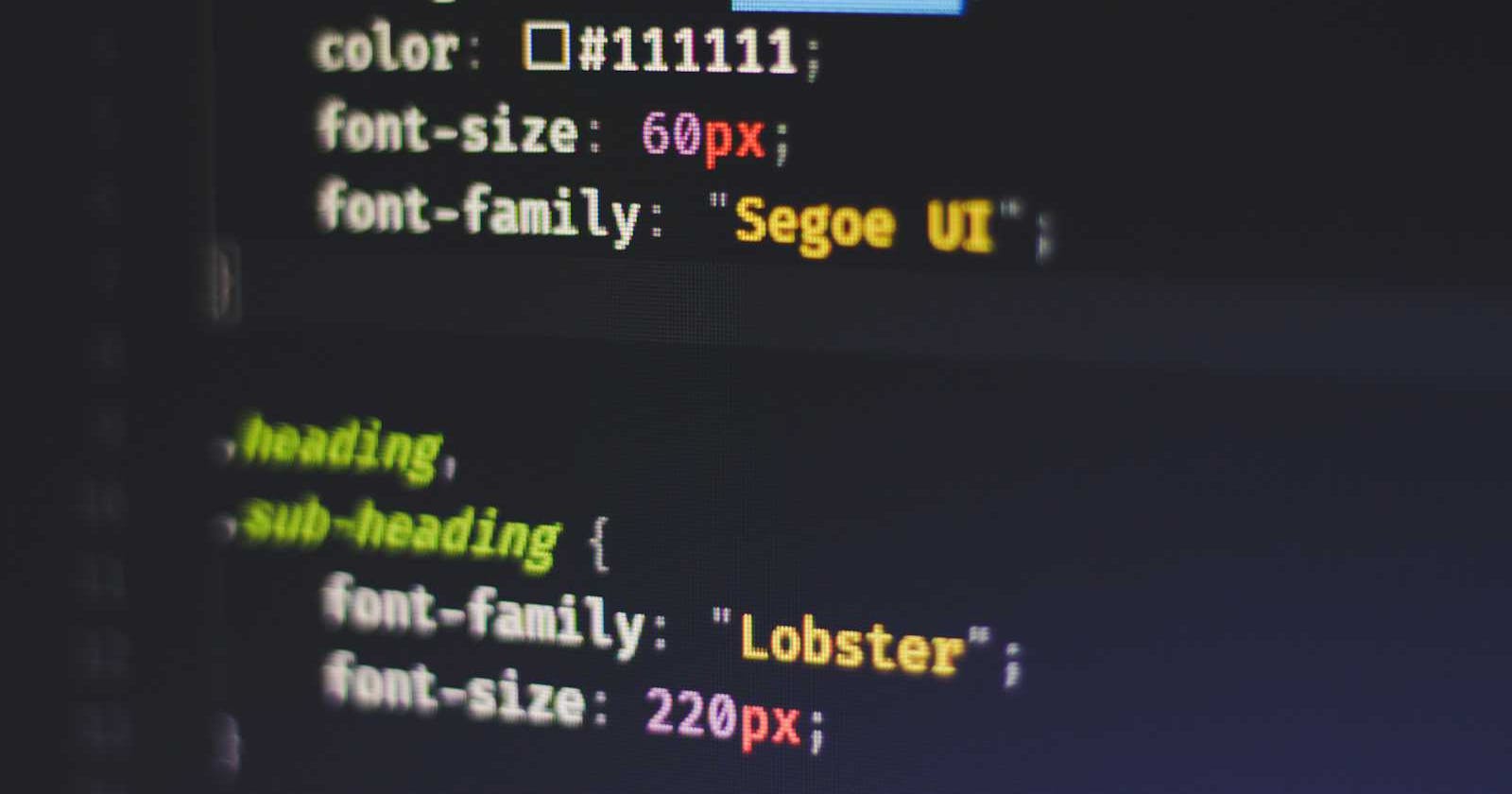If you're just starting out on your coding journey, you've probably heard about HTML, CSS, and JavaScript. But what exactly do these technologies do, and how do they work together to create the websites we interact with every day? Let's break it down in a nutshell!
HTML (HyperText Markup Language): The Skeleton of the Web
HTML is like the blueprint of a house. It provides the structure and layout for web pages. When you open a website, HTML is what defines the headings, paragraphs, images, links, and more. It's the backbone that gives a web page its basic structure. Think of it as the foundation on which everything else is built.
<!DOCTYPE html>
<html>
<head>
<title>My First Web Page</title>
</head>
<body>
<h1>Welcome to My Website</h1>
<p>This is a simple webpage created with HTML.</p>
<img src="image.jpg" alt="An example image">
<a href="https://www.example.com">Visit Example.com</a>
</body>
</html>
CSS (Cascading Style Sheets): Adding Beauty and Style
Now that we have the structure with HTML, it's time to make things look good! CSS is like the interior designer for your website. It's responsible for the colors, fonts, spacing, and overall visual appeal. CSS lets you style your HTML elements to create a visually appealing and user-friendly experience.
body {
font-family: 'Arial', sans-serif;
background-color: #f4f4f4;
color: #333;
}
h1 {
color: #0077cc;
}
p {
margin-bottom: 20px;
}
img {
max-width: 100%;
}
JavaScript: Adding Interactivity and Functionality
Now, let's bring our website to life with JavaScript. JavaScript is the programming language that adds interactivity and dynamic behavior to your web pages. It allows you to create features like sliders, form validation, and responsive navigation. JavaScript makes your website more than just a static page; it turns it into a dynamic, engaging experience.
// Example: Display an alert when a button is clicked
document.getElementById('myButton').addEventListener('click', function() {
alert('Button clicked!');
});
To sum things up, HTML provides the structure, CSS enhances the visual appeal, and JavaScript adds interactivity to your web pages. Happy coding!


